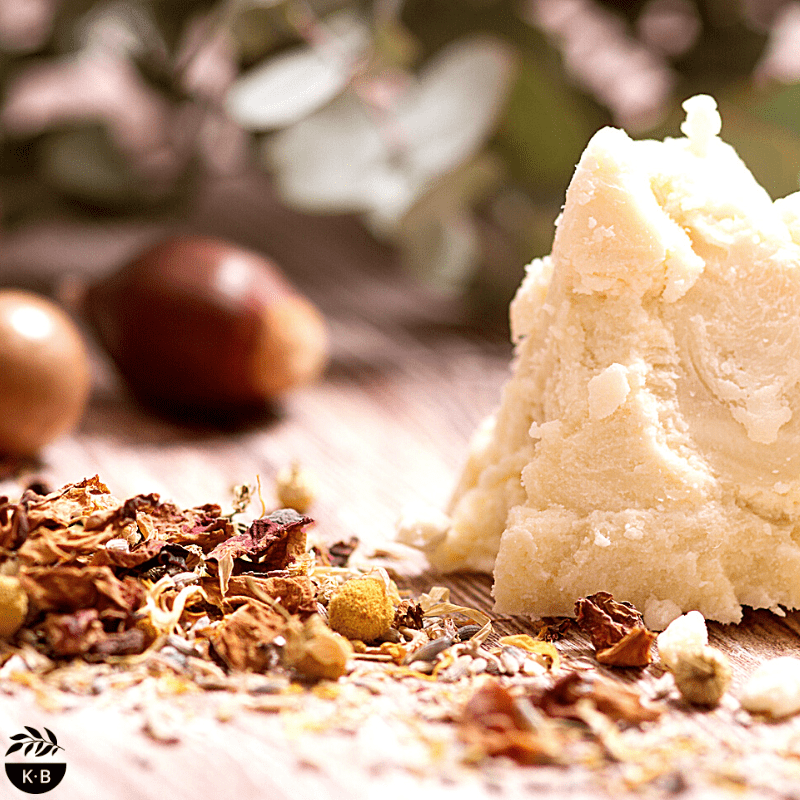 It would be quite normal to be asked to make a cake, right? Most people would probably guess that butter, eggs and flour are generally required. However, if that same person was asked to make deodorant paste or dishwasher tablets, they might find it a little more challenging to name and describe the ingredients. Am I right?
It would be quite normal to be asked to make a cake, right? Most people would probably guess that butter, eggs and flour are generally required. However, if that same person was asked to make deodorant paste or dishwasher tablets, they might find it a little more challenging to name and describe the ingredients. Am I right?
Initially, the natural DIY ingredients required to create my recipes may seem foreign and impossible to source, and you might not know where to start. The unknown always seems daunting, but I promise that once you’ve seen them once or twice, sourced a few, which is surprisingly easy – hellooooo Google (or try Ecosia who plant trees when you search!), and even spoken them out loud (go on, try it), it won’t feel so intimidating.
The following list, with just about every ingredient I have ever used in my recipes, will help you familiarise yourself with the oils, powders and butters of the natural DIY world!
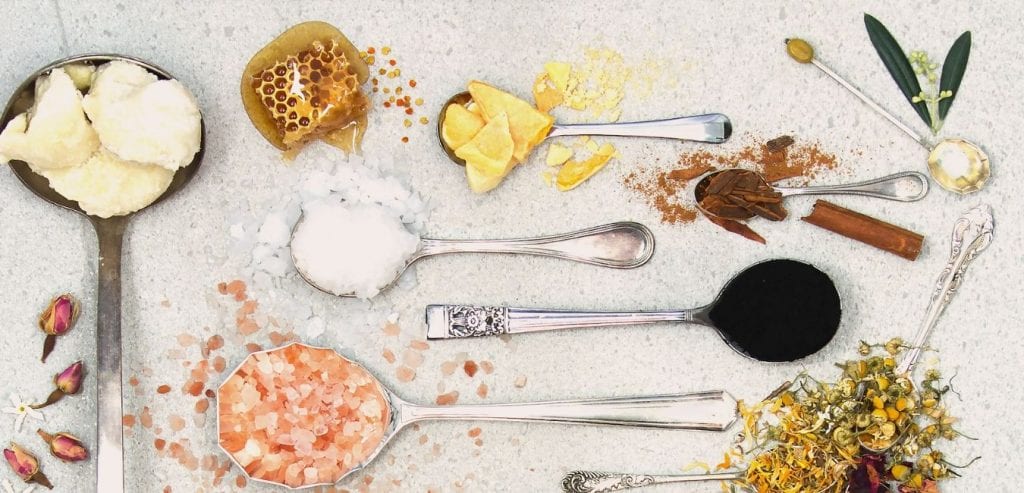
Natural DIY Ingredient List
Activated charcoal helps to draw out toxins, impurities and excess oil from skin. It works by attracting, trapping and removing positively charged toxins, and can be used both externally and internally. It is also used to whiten teeth. Look for activated charcoal made from coconut shells or other natural sources. Be careful – activated charcoal is a very fine, messy black powder and even though it washes out of your mouth pretty easily, it takes a lot longer to get it out from under your fingernails!
Almond oil is a light, easily absorbed and a popular DIY carrier oil. It is versatile, nourishing and soothing to skin, and rich in vitamin E. Be wary when using this carrier oil around people with nut allergies.
Almonds (ground) are rich in vitamin E and provide a gentle exfoliation when used in body scrubs.
Aloe vera gel is well known for its soothing and healing properties. It contains anti-inflammatory properties and is nourishing, helping to protect and moisturise the skin. Many aloe vera gels on the market contain some pretty nasty additives so be vigilant and avoid the green ones (the liquid should be on the clear side).
Apple cider vinegar is antibacterial, naturally astringent, odour busting and wonderful for body and skin care. I especially love dabbing it on pimples – it works like magic! I encourage you to find a brand that contains the ‘mother’.
Apricot kernel oil, rich in fatty acids, is a favourite of mine. It is soothing to irritated skin, may improve skin tone, and reduce wrinkles and fine lines. It is a light and nourishing oil that is easily absorbed and suitable for most skin types, particularly dry and mature skin.
Argan oil is a precious oil, rich in antioxidants, fatty acids and vitamin E. Its powerful hydrating, strengthening and softening properties makes it perfect for hair, skin and nails.
Arrowroot flour is a superfine, lightweight powder used in body and skin-care recipes for its ability to thicken and absorb oils/moisture. It can be substituted with other fine flours such as tapioca and cornflour (which hold similar properties). Be mindful of sneaky additives.
Avocado oil is a thick and luxurious oil that penetrates deeply, making it perfect for dehydrated skin. Its high fatty acid and vitamin E content makes it effective in healing skin. I love combining this oil with olive oil when oil cleansing.
Beeswax provides a protective barrier when applied to skin, locking in moisture without suffocating skin. Beeswax blocks can be grated, however, pellets are easiest to weigh and melt. While fresh beeswax can be used in DIY recipes, it needs to be melted and filtered first, to remove impurities. Beeswax helps to give balms and lotions a more solid consistency. See Candelilla wax if you’re a vegan.
Bentonite clay is a superfine, odourless powder that is well regarded for its ability to draw and absorb toxins. It holds a negative charge when it is added to water, swelling to form a sponge, attracting positively charged toxins and escorting them out of the body. Bentonite clay is packed full of minerals and suitable for all skin types, particularly oily. Avoid prolonged contact with metal. See also; Clays.
Borax, also known as sodium borate, is a naturally occurring mineral. Effective as a laundry booster, general cleaning ingredient, water softener, mould inhibitor and more, borax has many uses in DIY cleaning. It is a controversial ingredient, and I recommend doing some extra research (I’ve written about it here), however I’m comfortable using it in wash-off, cleaning products.
Botanicals in my recipes refer to the dried flower, bulbs, leaves, seeds and stems of plants. When combined with hot water, a beautiful nutrient-dense aromatic steam is released. With varying lovely colours and sizes, they also add beauty to recipes. Always be sure to source spray-free or dry your own botanicals.
Candelilla wax comes from the candelilla plant, and is an alternative to beeswax. Just be mindful that you only need half as much; so if a recipe calls for 20 g of beeswax, you can substitute for 10 g of candelilla wax.
Carrier oils refer to oils that remain liquid at all temperatures. The most common, accessible and economical options include fractionated coconut oil, sweet almond oil and extra virgin olive oil, but you’re free to use any liquid oil. Refer to this blog for more information on suitable carrier oils for skin types.
Castile soap is a natural, biodegradable and versatile liquid soap usually derived from olives and/or coconut and perfect for both body care and cleaning! It is a beautiful, natural foaming cleanser that acts as a surfactant, helping to lift away dirt and grease. People intolerant to soaps can usually tolerate castile soap. Castile soap also comes in a solid block form and this can be grated for laundry applications.
Castor oil is a thick oil that is deeply moisturising and soothing, especially for irritated skin. Its healing properties make it a good choice for those with acne-prone skin.
Cinnamon not only smells amazing but also contains antibacterial properties, making it great for acne-prone skin and is loaded with powerful antioxidants essential for youthful skin.
Citric acid helps to remove grime and stains, particularly mineral deposits on basins, shower screens and dishes. It also helps to soften water and give bath bombs their fizz.
Clays come in many different types, and you can substitute suggested clays for whatever you already have, or can access, although each clay typically serves a different purpose. Some popular clays include red clay (rich in minerals and useful for detoxifying and adding colour to recipes), green clay (a deep cleanser that revitalises the complexion and clears congestion), pink clay (probably the most gentle clay, perfect for dry and sensitive skin) and kaolin (known to detoxify skin, balance sebum production, and commonly recommended for oily and sensitive skin).
Clear alcohol is used to remove bubbles on top of just-poured melt and pour soap. It is also used to help disperse oils in water-based room spray recipes – the higher the proof alcohol you can source for this purpose, the better.
Clove is rich in antioxidants and antimicrobial properties, so as well having as a delicious spicy aroma, it is excellent when used for oral care purposes.
Cocoa/cacao powder is useful when adding tint and colour to balms and powders.
Coconut (desiccated) is used in the Coconut and Lime Body Scrub to add a little tropical exfoliation to the recipe.
Coconut milk is used in the Basic Shampoo (find the recipe in this book) due to its nourishing and moisturising properties, promoting healthy hair.
Coconut oil is an easily accessible ingredient, which is highly moisturising and nourishing, possessing antibacterial and antifungal properties. Coconut oil solidifies in cooler temperatures and will liquefy at approximately 25˚C. Using coconut oil that has been naturally refined and deodorised (little to no coconut scent) will ensure that you are in full control of the final aroma of your recipe.
Coffee beans contain anti-inflammatory properties and stimulate circulation making them perfect for body and skin care. When ground, they also provide excellent skin exfoliation.
Colourants refer to ingredients that tint and colour balms and powders. The most common colourants I use in my recipes are beetroot powder, spirulina and micas.
Dead Sea salt is rich in minerals, including magnesium, potassium and calcium. Commonly added to bath salts, these minerals are absorbed transdermally with benefits including increased circulation and better healing of various skin conditions. Note: Dead Sea salt will turn slushy in an unsealed container.
Epsom salt – see magnesium.
Essential oils – follow this link for more information on essential oils.
Evening primrose oil contains fatty acids and is rich in antioxidants. It is renowned for its anti-ageing and restorative effects, as well as its ability to aid in healing.
Fractionated coconut oil, commonly referred to as FCO, is a stable and light carrier oil that is non-greasy and is absorbed well by the skin. Rich in natural antioxidants and vitamins, FCO is a popular choice of carrier oil for many DIY-ers.
Freeze-dried fruits can be found in most supermarkets – they’re different to dehydrated or dried fruit.
Gelatin powder is used to set the Charcoal and Turmeric Face Peel and the Fragrant Jelly Jar. Look for an ethical brand, and if you’re vegan, you may choose to avoid it.
Grapeseed oil is rich in fatty acids, antioxidants and vitamin E, and is perfect for most skin types. It won’t clog skin or leave it feeling greasy.
Himalayan salt is a powerhouse of minerals – boasting trace amounts of 84 of them. It can stimulate circulation and aid in muscle relaxation and general detoxification. See also; Salt.
Honey is always best sourced fresh and raw and unadulterated, so try to find a beekeeper in your area – you’d be surprised how many people have backyard hives with more gorgeous honey than they know what to do with. Antifungal and antibacterial, honey gives the skin and hair a gorgeous glow. My preferences for body and skin care are manuka or jarrah.
Hydrogen peroxide is also known as oxygen bleach and is usually sold at a concentration of (3%). Decomposing into oxygen and water, it is also eco-friendly. Hydrogen peroxide features in my cleaning recipes due to its mild bleaching capabilities and disinfecting properties. Note that recipes with hydrogen peroxide should be made in small batches as it degrades quickly when exposed to light.
Jojoba oil is probably my most favourite oil. Rich in vitamins, fatty acids and antioxidants, jojoba is actually a liquid wax and has the same molecular structure as the body’s natural oils, which allows for easy and deep absorption.
Lemon juice is lightening and brightening when used in body and skin-care recipes; when used in cleaning, lemon juice is great at removing stains and odour.
Macadamia oil is a skin-loving oil which is incredibly moisturising, rich in fatty acids and great for mature skin. It absorbs beautifully, leaving skin smooth and soft. Be wary when using this oil around people with nut allergies.
Magnesium is an incredible mineral that I believe everyone could benefit from adding to their daily routines, as many of us are deficient. This mineral helps to regulate over 300 biochemical reactions in the body, with benefits including energy production, cell renewal and sleep regulation. The two types of magnesium I use in my recipes are magnesium chloride and magnesium sulfate (commonly known as Epsom salt), and they’re both wonderful ways to increase your magnesium levels. I consider magnesium chloride to be more readily absorbed, giving us noticeably higher energy levels and better sleep, and magnesium sulfate to work better to detox, soothe and relax the body, and aid in reducing inflammation. Be careful, magnesium chloride will go slushy when left unsealed.
Melt and pour soap base is something I have dubbed the ‘cheat’s’ way of making soap. Because soap making involves working with lye (something I would encourage you only attempt after proper research and perhaps a lesson or two). melt and pour soap is a great way to ‘make’ soap, without making soap, if you know what I mean! Simply melt it, add some colour and natural fragrance, pour into moulds and set. Be wary of sneaky nasties and added fragrance in melt and pour soap bases.
Micas are minerals naturally formed from rocks, used to add shimmer and colour to recipes. While micas come in a variety of natural shades, many are coated in artificial, bright colours. I tend to stay away from them but if you want a pop of colour, go for it.
Nutmeg offers a delicious aroma to my scrubs and helps to fight blemishes.
Oats contain anti-inflammatory and antioxidant properties and are suitable for all skin types.
Olive oil is a highly moisturising and versatile carrier oil, rich in antioxidants and fatty acids.
Quinoa seeds are mildly exfoliating and add a creamy texture to the Facial Buff and Revitalising Mask.
Rose water, also known as rose hydrosol, is my favourite hydrosol to work with as it smells incredible. It is calming for the skin helping to reduce redness and irritation. If you can’t source rose water, try lavender water instead.
Rosehip oil is perfect for dry and ageing skin, helping to improve the appearance of fine lines and wrinkles. Rich in fatty acids and antioxidants, it helps to repair, hydrate and nourish the skin. Rosehip oil goes rancid quite quickly so keep it refrigerated.
Salt – Himalayan salt is preferable in body and skin-care recipes due to its rich mineral content, however, rock, sea and lake salt is also suitable. I personally avoid using table salt due to the additives used, such as anti-caking agents. In saying that, table salt is typically the most economical option for cleaning recipes. See also; Himalayan salt.
Shea butter is my go-to butter in DIY body and skin-care recipes. Rich in fatty acids and vitamins A and E, shea butter is lush, softening and incredibly nourishing to the skin. It is known for its anti-inflammatory and cell regeneration properties. You can swap shea butter for cocoa butter or mango butter, but be mindful that the recipe outcome will be firmer.
Soap powder, used in cleaning recipes – I recommend sourcing the purest laundry soap you can find. I use pure coconut soap powder, or castile soap powder. If you are buying soap in a block, make sure it is milled to a very fine consistency.
Soapberries are the dried shell of a fruit, commonly called soap nuts. They contain saponins that act as a natural surfactant. They are antibacterial and eco-friendly (compostable) and can be used in many body care and cleaning applications. Read more about them here.
Sodium bicarbonate, commonly known as bicarb or baking soda, is a versatile ingredient used in both body care and cleaning recipes. It is antifungal, antiseptic and gently exfoliating, and excellent at eliminating odour. Have you ever wondered how sodium bicarbonate is produced? Well, Trona Ore (natural and ancient deposits, 400-500km deep) is brought to the surface, refined into slurry containing both sodium carbonate and sodium bicarbonate. The crystals and liquid are separated in a centrifuge; the crystals are then dissolved in a bicarbonate solution and filtered to remove any non-soluble material. Purified carbon dioxide is fed into the filtered solution with the resulting reaction forming sodium bicarbonate. It is then cured, packaged and shipped.
Sodium carbonate, also known as washing soda, softens water and is effective at removing stains. It acts as a fungicide, helping to eliminate mould and mildew. Sodium carbonate is harvested from deep underground deposits of sodium carbonate and sodium bicarbonate. The slurry is brought to the surface where it is filtered and refined, leaving us with pure sodium carbonate.
Sodium percarbonate, also known as oxygen bleach (the powdered form), is an effective disinfectant and household cleaning ingredient, brightening clothes and removing stains. It is most effective when combined with warm/hot water. Sodium percarbonate breaks down into oxygen, water and soda ash, making it an eco-friendly, as well as powerful, ingredient.
Spirulina (green) is a true superfood, a fine algae that is deep green in colour. It is rish in fatty acids, vitamins and minerals, and aids in detoxification. Spirulina also comes in blue – I love using this as a colourant.
Sugar is typically a staple in face scrubs. You can use any kind – raw, white, caster, brown, coconut, etc. The finer the granules, the softer the scrub will be on your skin. If it’s all you have, raw sugar can be milled into smaller granules.
Turmeric is a spice famous for its anti-inflammatory properties. It may help reduce scarring and also fight acne.
Vanilla beans and paste are used in my recipes for the divine aroma.
Vegetable glycerine is an unscented, clear liquid, derived from plants like coconut, soy and palm. When used in body care, it acts as a humectant, bringing moisture to skin and hair, and locking it in. Vegetable glycerine can soften and smooth skin, and cleanses without clogging pores. With healing properties, it is perfect for those with sensitive skin.
Vitamin C powder (also known as ascorbic acid) is used in body and skin-care recipes primarily for its antioxidant effects, and its ability to aid in the renewal of skin cells. When added to the bath (one teaspoon in a full tub will do), research suggests it will neutralise chlorine; more info here and here. Vitamin C is unstable in water-based recipes and will degrade within a week or two, so don’t go making up huge batches of your favourite serum or swim spray with this ingredient.
Vitamin E oil is a fat-soluble vitamin that helps to prevent free radical damage. It possesses anti-inflammatory and antioxidant properties and is optional in all body and skin-care recipes. It will help to prolong the shelf life of oil-based recipes.
Water can be the perfect breeding ground for bacteria so always use purified water, or boiled and cooled water. Water-based products only have a short shelf life. Refer to page 41 for more information.
White clay is a fine powder, with a chalky, creamy texture; a popular ingredient in many of the crafty recipes from Make & Play. When used in skincare, it is mild, typically good for sensitive skin. Two common white clays are Australian and French Kaolin.
White vinegar is an inexpensive and biodegradable ingredient, popular in cleaning recipes and useful as a mild disinfectant. I steer away from imitation vinegar and opt for brands that state their vinegar has been fermented.
Witch hazel is an astringent, meaning that it tightens pores. It is softening and calming to the skin as well as anti-inflammatory and antimicrobial. I prefer witch hazel that is alcohol-free, mainly because I find alcohol is drying to the skin.
Xanthan gum is typically used to thicken gluten-free food, and happens to be the perfect ingredient to thicken my Creamy Body Wash.
Xylitol is used in DIY toothpaste and mouthwash (find the recipes here) to sweeten it. Research suggests that xylitol is beneficial for dental health. Keep away from pets.
Zinc oxide is a popular choice for DIY sunscreen, used to reflect UV rays. It is also wonderfully healing to the skin, locking in moisture and soothing irritation. Look for non-nano particles and be careful not to inhale the dust.
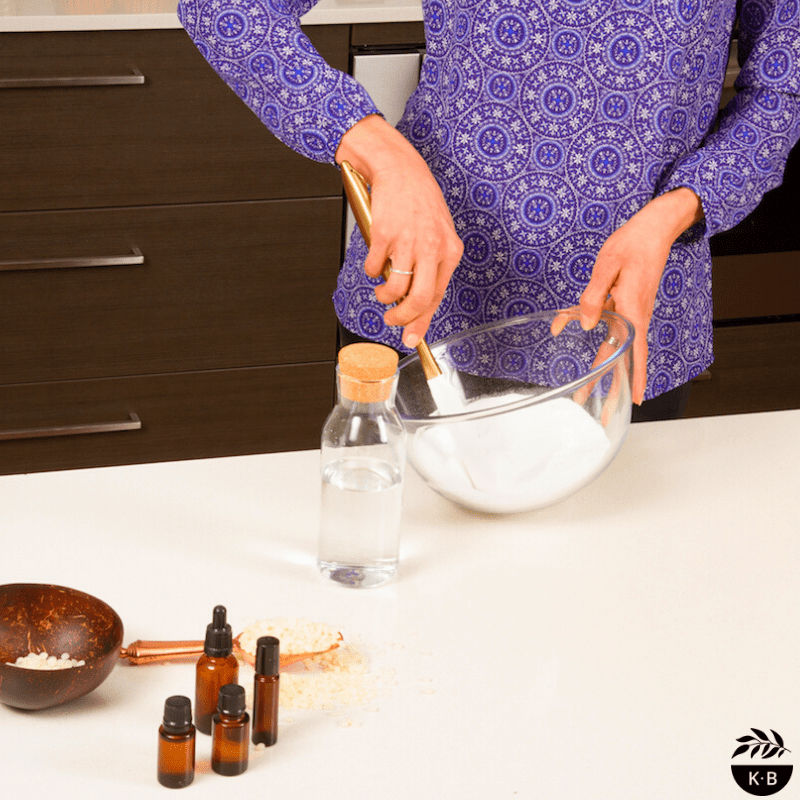

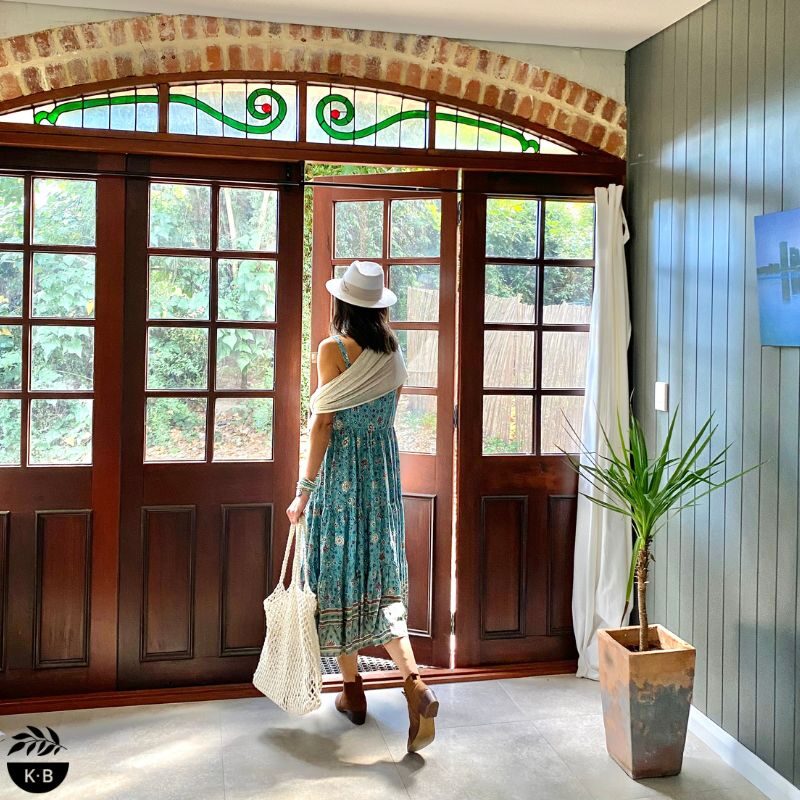

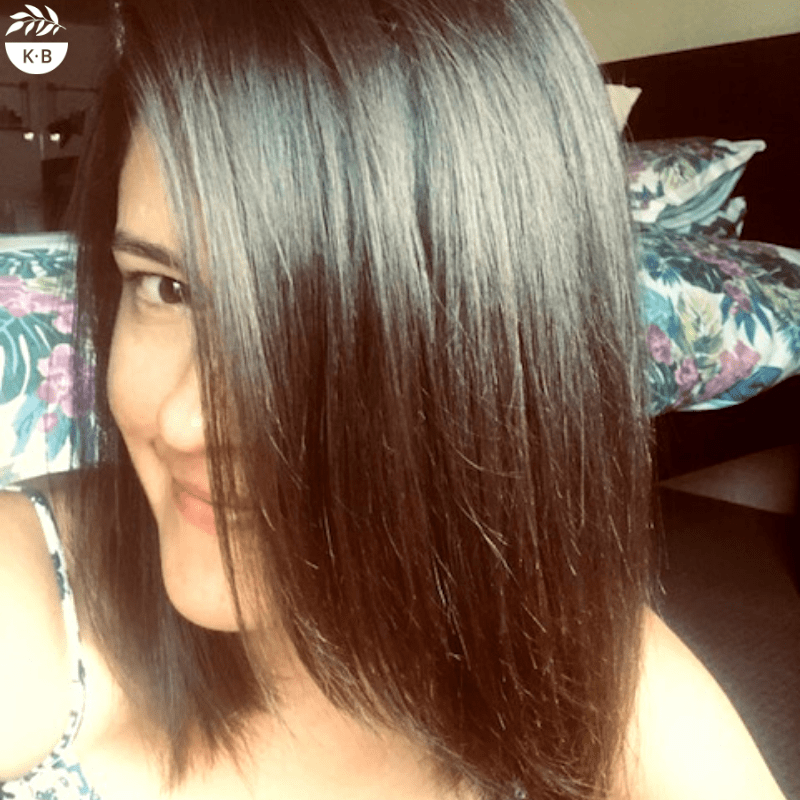
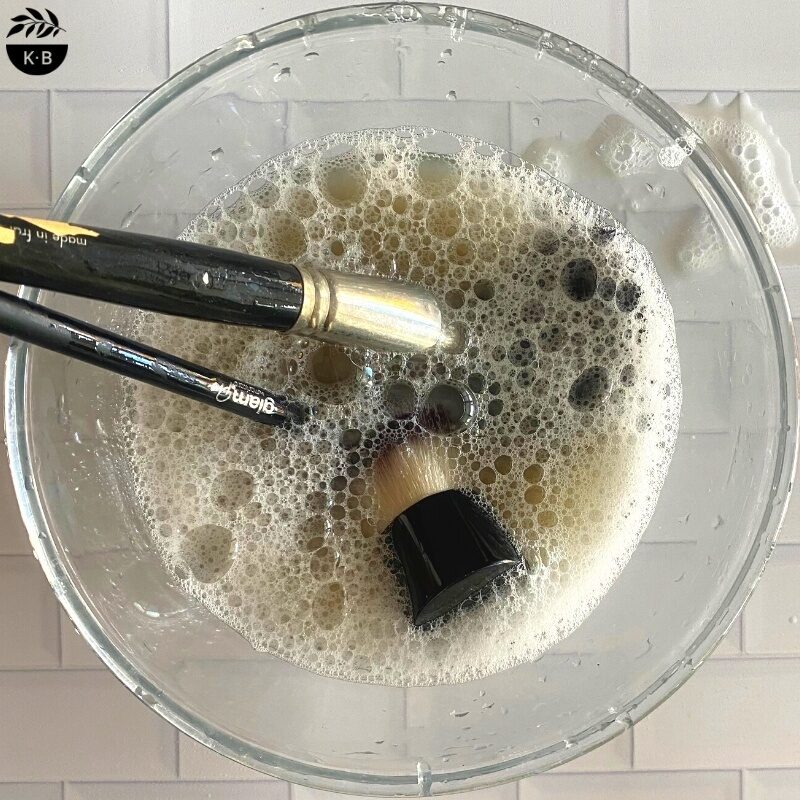
6 Comments
I have been using the ‘Cleaning’ vinegar from Woolworths as Fabric softener.
They also have a ‘double strength’ vinegar. Should I be using this or should i buy the normal fermented white vinegar?
Heya Lyn, I just use regular vinegar; so whatever you prefer/can afford. No need for ‘special’ vinegars.
Hi
I have made the laundry powder without Borax. When I was mixing it and when I use it I have to cover my mouth and nose as the powder really gets to me much like it does when I’m around chemical sprays that are harmful.
I’m wondering which ingredient it is that is causing this and also whether I have potentially put in the wrong amounts.
Warmest Wishes
Sharon
Hey Sharon, it’s probably the washing soda or soap powder. Regardless, you should always protect your airways, natural or not. Try to create as little dust as possible when using it, or cover your nose/mouth. Best of luck 🙂
Hello Krissy
Can you please advise the best natural Australian brand of melt and pour soup?
Kind regards
Shon
I look for organic where possible. Check out Vitalia on this page, they stock organic MP soap and there is a discount code too 🙂 https://krissyballinger.com.au/sourcing-diy-ingredients/